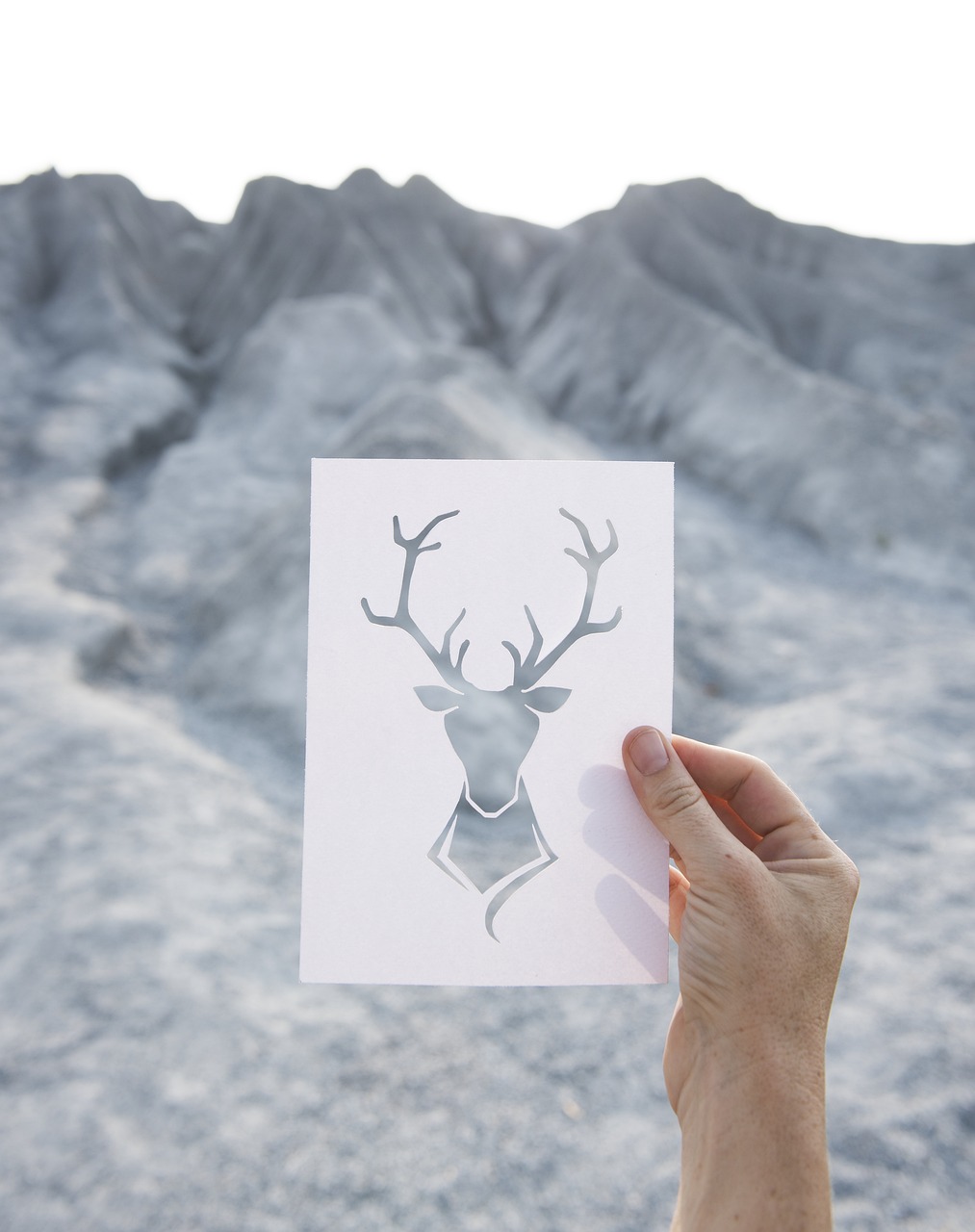Exploring the Rich Tapestry of Chinese Culture:An English Compendium
Introduction:
Chinese culture is a vast and intricate tapestry woven with thousands of years of history, philosophy, art, and tradition. It is a culture that has influenced not only China but also the world at large, with its profound impact on literature, cuisine, martial arts, and more. In this comprehensive English compendium, we aim to provide an overview of the essential elements that make up the rich heritage of Chinese culture, offering readers a glimpse into the heart of this ancient civilization.
Philosophy and Religion:
Chinese philosophy is as old as its civilization, with Confucianism, Taoism, and Buddhism being the three main schools of thought that have shaped Chinese society. Confucianism, founded by Confucius in the 6th century BCE, emphasizes moral integrity, social harmony, and the importance of education. Taoism, with its roots in the teachings of Laozi, advocates for living in harmony with the Tao, or the natural way of the universe. Buddhism, which originated in India but was integrated into Chinese culture, teaches the path to enlightenment and the cessation of suffering.
Arts and Literature:
Chinese art and literature are renowned for their depth and beauty. Calligraphy, the art of writing Chinese characters with a brush, is not only a form of communication but also a highly valued art form. Traditional Chinese painting, with its emphasis on意境 (yìjìng) or "spirit resonance," often depicts landscapes, birds, and flowers with a unique aesthetic that captures the essence of nature. Chinese literature is equally rich, with classics such as the "I Ching" (Book of Changes), "Tao Te Ching," and the "Four Great Classical Novels" (including "Journey to the West" and "Dream of the Red Chamber") that have captivated readers for centuries.
Cuisine:

Chinese cuisine is diverse and flavorful, with each of the eight major regional styles—Sichuan, Cantonese, Shandong, Fujian, Jiangsu, Zhejiang, Hunan, and Anhui—offering unique flavors and techniques. Ingredients are chosen for their medicinal properties as well as taste, reflecting the Chinese belief in the harmony between food and health. Dishes such as Peking Duck, Hot Pot, and Dim Sum are just a few examples of the culinary delights that have made Chinese food popular worldwide.
Festivals and Celebrations:
Chinese festivals are a vibrant part of the culture, with each one having its own unique customs and significance. The most famous is the Spring Festival, also known as Chinese New Year, which marks the beginning of the lunar calendar and is celebrated with family reunions, feasting, and the giving of red envelopes containing money for good luck. Other important festivals include the Mid-Autumn Festival, where mooncakes are shared, and the Dragon Boat Festival, which commemorates the ancient poet Qu Yuan and involves dragon boat races.
Martial Arts:
Chinese martial arts, or kung fu, are not only a form of self-defense but also a discipline that promotes physical fitness, mental focus, and spiritual balance. Styles such as Shaolin Kung Fu, Tai Chi, and Wushu have gained international recognition and are practiced by millions around the world. These martial arts are deeply rooted in Chinese philosophy and often incorporate elements of meditation, breathing exercises, and the cultivation of inner energy, or qi.
Traditional Medicine:
Traditional Chinese Medicine (TCM) is a holistic approach to health that has been practiced for over 2,000 years. It includes a variety of treatments such as herbal medicine, acupuncture, massage (Tui Na), and dietary therapy. TCM is based on the concept of balancing yin and yang and the flow of qi through the body's meridians. This ancient medical system continues to be an important part of healthcare in China and is increasingly recognized for its effectiveness in treating a range of conditions.
Architecture and Design:
Chinese architecture is characterized by its symmetry, grand scale, and the use of symbolic colors and motifs. The Forbidden City in Beijing is a prime example of imperial architecture, with its red walls and yellow roofs symbolizing power and authority. The Great Wall, a series of fortifications stretching over 13,000 miles, is one of the most iconic symbols of China and a testament to the country's engineering prowess. Chinese design often incorporates elements such as the dragon, phoenix, and clouds, which are believed to bring good fortune and protection.
Music and Opera:
Chinese music is as diverse as its culture, with traditional instruments such as the guqin (a seven-stringed zither), erhu (a two-stringed fiddle), and dizi (a transverse bamboo flute) producing a unique and haunting sound. Chinese opera is a dramatic art form that combines music, dance, and acrobatics. It is known for its elaborate costumes, stylized makeup, and the use of symbolic gestures to convey stories and emotions.
Conclusion:
The Chinese culture is a mosaic of traditions, philosophies, and practices that have evolved over millennia. This compendium only scratches the surface of the depth and breadth of Chinese culture, but it serves as an introduction to the fascinating world of China. As we explore these cultural elements, we gain a deeper understanding and appreciation for the people, history, and spirit that define this great civilization. Whether through the study of philosophy, the enjoyment of cuisine, or the practice of martial arts, engaging with Chinese culture enriches our lives and broadens our perspective on the world.
1.本站遵循行业规范,任何转载的稿件都会明确标注作者和来源;2.本站的原创文章,请转载时务必注明文章作者和来源,不尊重原创的行为我们将追究责任;3.作者投稿可能会经我们编辑修改或补充。









